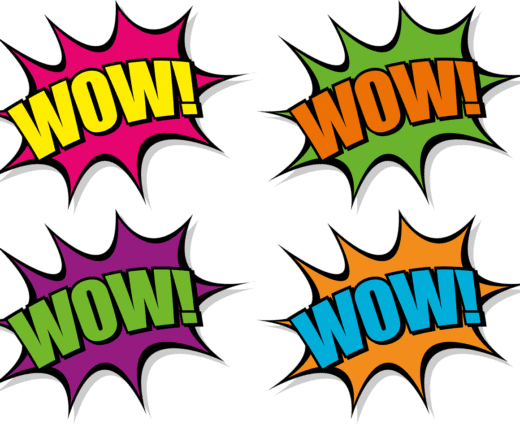In the third of our blogs focusing on personalised learning, CLC learning and teaching consultant Peter Lillington considers the role that digital platforms and tools can play in relation to assessment and feedback, particularly by teachers to improve pupil learning.

Curriculum Support
Workshops for children, CPD for teachers and edtech loans
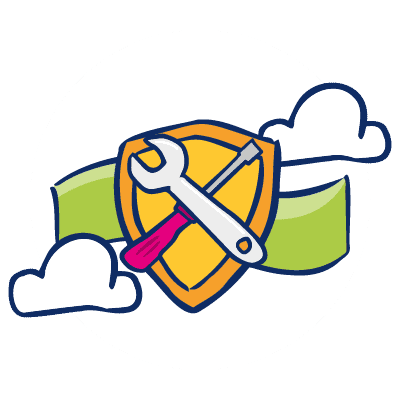
Technical support
Expert, independent tech advice and support
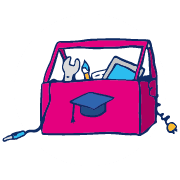
Professional learning
CPD that puts digital at the heart of learning and teaching

Funded programmes
Free courses, events and multimedia resources

Apple Regional Training Centre
Learn to use Apple technology effectively in the classroom
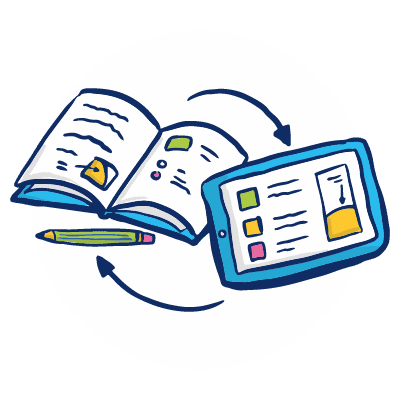
BlendEd Learning
Free professional development to make the most of digital

About us
Our approach, team and partners

Case studies
Our impact in action

Venue Hire
Book flexible space in an excellent location

All resources
Blogs and podcasts to power your learning
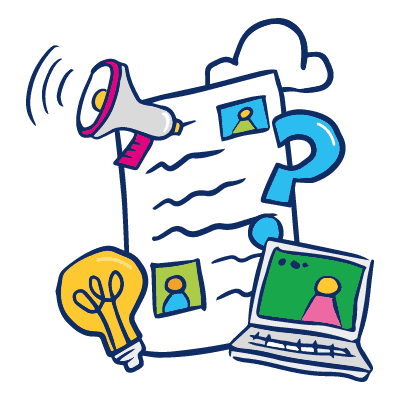
Editorial
Weekly news, views and resources

Blog
Read up on the hot topics in digital learning

Podcast
Great audio discussions and interviews

BlendEd Learning
Free professional development to make the most of digital

Curriculum Support
Workshops for children, CPD for teachers and edtech loans

Technical support
Expert, independent tech advice and support

Professional learning
CPD that puts digital at the heart of learning and teaching

Funded programmes
Free courses, events and multimedia resources

Apple Regional Training Centre
Learn to use Apple technology effectively in the classroom

BlendEd Learning
Free professional development to make the most of digital

About us
Our approach, team and partners

Case studies
Our impact in action

Venue Hire
Book flexible space in an excellent location

All resources
Blogs and podcasts to power your learning

Editorial
Weekly news, views and resources

Blog
Read up on the hot topics in digital learning

Podcast
Great audio discussions and interviews

BlendEd Learning
Free professional development to make the most of digital

